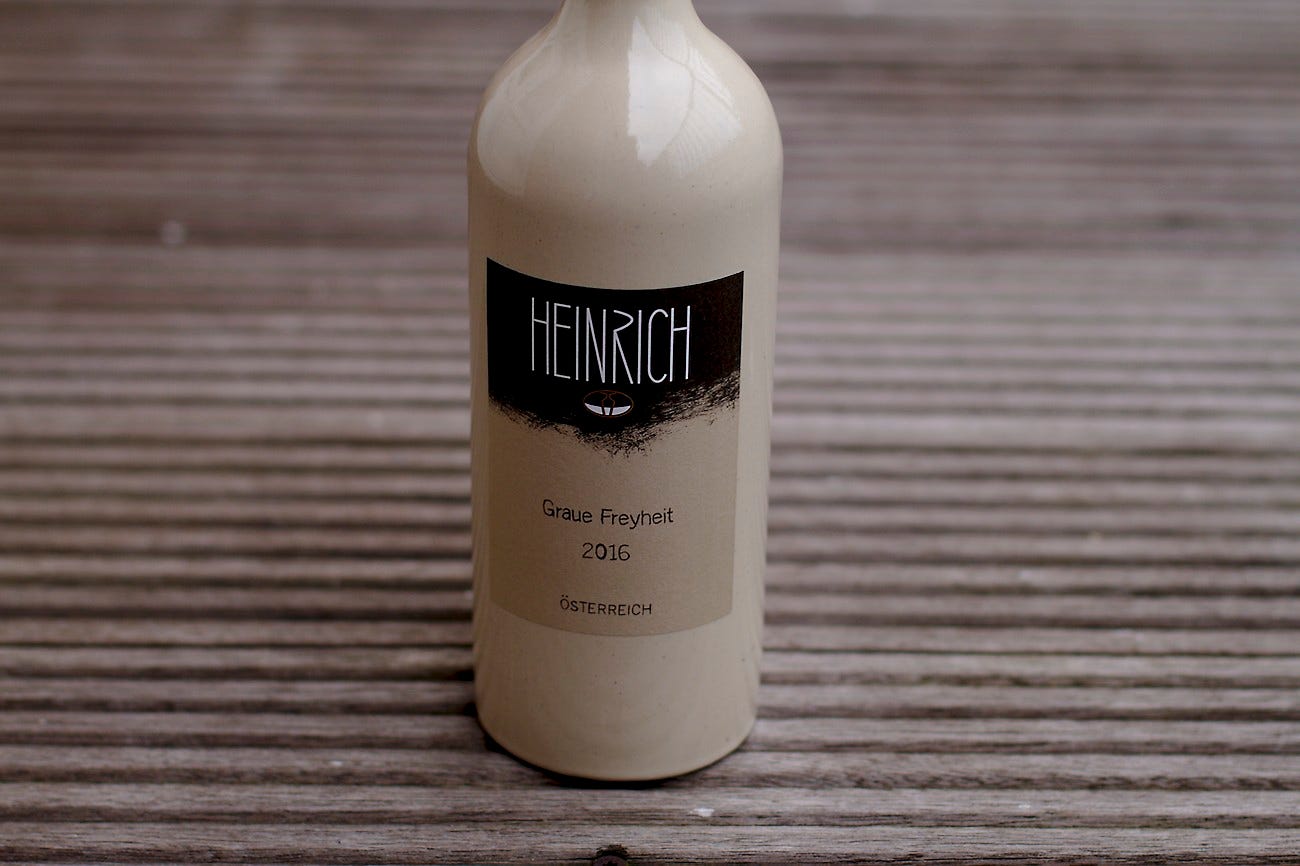Freedom at scale - Heinrich Graue Freyheit
Anyone who thinks that larger wineries can't do quality, or show a serious commitment to sustainable, minimal-intervention production methods, should check out the wines from Gernot and Heike Heinrich in Burgenland, Austria.
Every week, Simon selects an orange wine (a white wine made with extended skin contact) that grabbed his attention. View the whole series here.
Many card-carrying wine geeks have a conflicted relationship with the idea of big business - and specifically large wineries. The romantic ideal favours David's artisanal family grower over Goliath's corporate might. Small is beautiful, large is to be distrusted and probably just churns out plonk sold in supermarkets.
If only it were always so simple. Gernot & Heike Heinrich have turned the notion on its head. Since they took over the Heinrich family winery in 1990, they've expanded its production up to around half a million bottles a year - a significant size for an Austrian winery, even if it would probably qualify as a garagiste in Bordeaux - whilst converting much of the estate to biodynamics, and moving more and more to a minimal-intervention methodology.
As covered in detail by Anne Krebiehl here, the move to biodynamics and more 'natural' …
Keep reading with a 7-day free trial
Subscribe to The Morning Claret to keep reading this post and get 7 days of free access to the full post archives.





